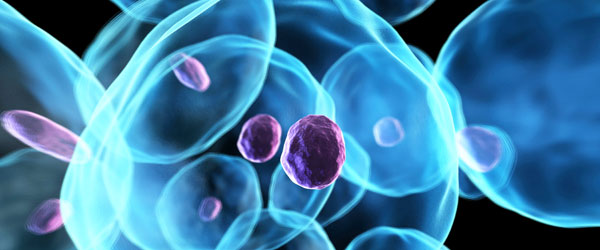Early detection is key in the fight against cancer. Since most of the therapy focuses on treating cells at their place of origin, it’s important to detect cancer cells as soon as possible before you can metastasize. Thus, the presence of test procedures to cancer detection hong kong at the beginning is vital for the successful elimination of the disease.
The most effective screening test will have attributes such as non-invasiveness, safety, reliability and cost-effectiveness.
The Pap test, developed in the 1930s, was one of the first screening tests for cervical cancer, and has since become routine for women during annual pelvic examinations. This procedure is economical and relatively non-invasive, although for some it may be inconvenient. However, reliability is analyzed due to false positives in which cells are mistakenly diagnosed as cancerous. This screening procedure requires subjective analysis by a cytologist at genetic testing companies who reads hundreds of samples per day, at which point a human error becomes inevitable.
Other diagnostic procedures include imaging, endoscopy, and biopsy. Imaging methods such as radiography and magnetic resonance imaging are not invasive, such as endoscopy and biopsy, but most of these methods are only effective in the later stages of cancer development for obvious reasons. Many of these procedures are used as the final screen in the diagnosis, because they carry a certain risk to the patient.
Conclusion
The field of biomarker detection in body fluids such as blood and urine has indeed become a center for cancer research for early detection. Tests for prostate specific antigen and cancer antigen CA-125 are commonly used to measure individual biomarkers. Although these are good screening tools, a new wave of biomarker detection focuses on test forms that can cover a wide range of cancer types in the analysis.







